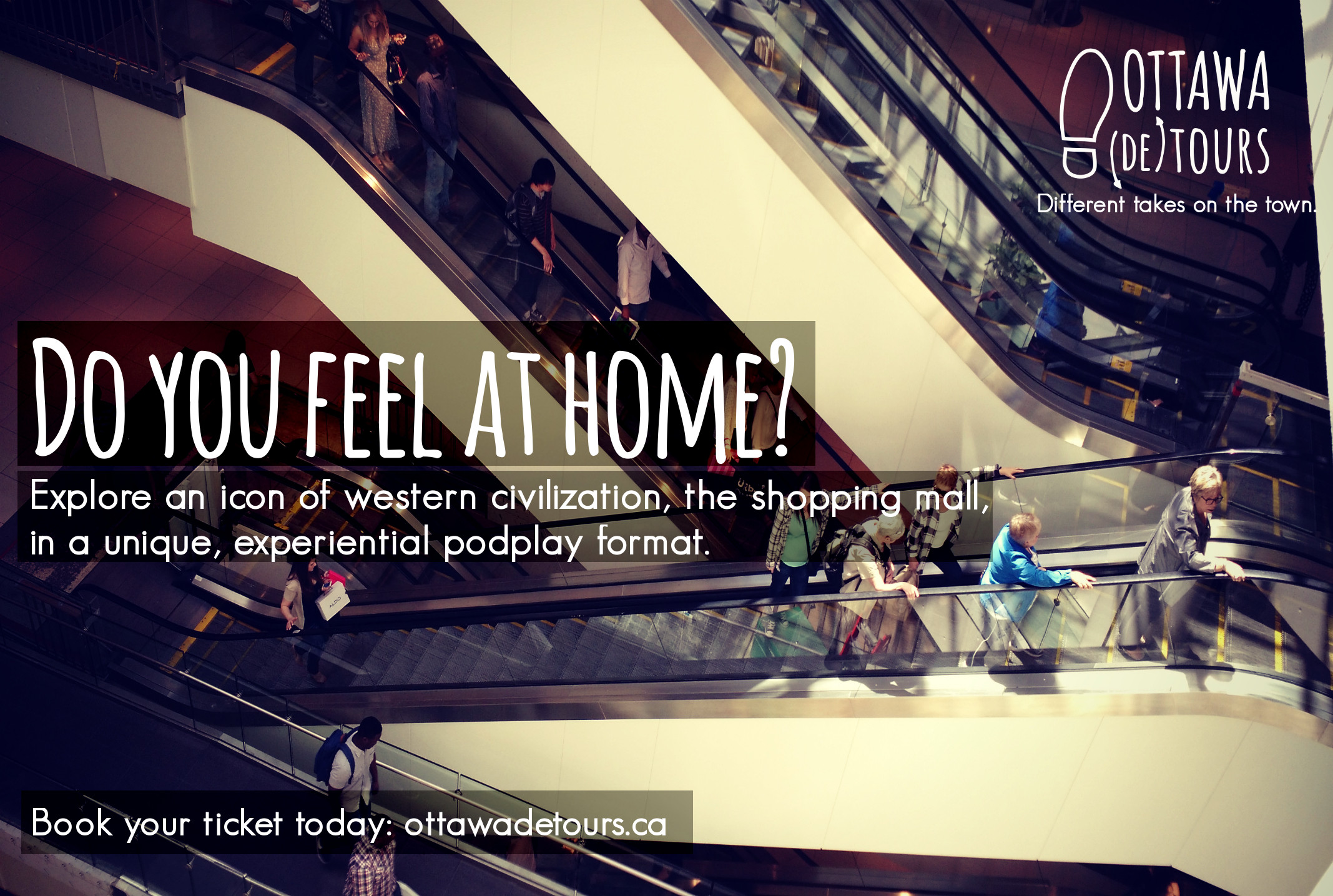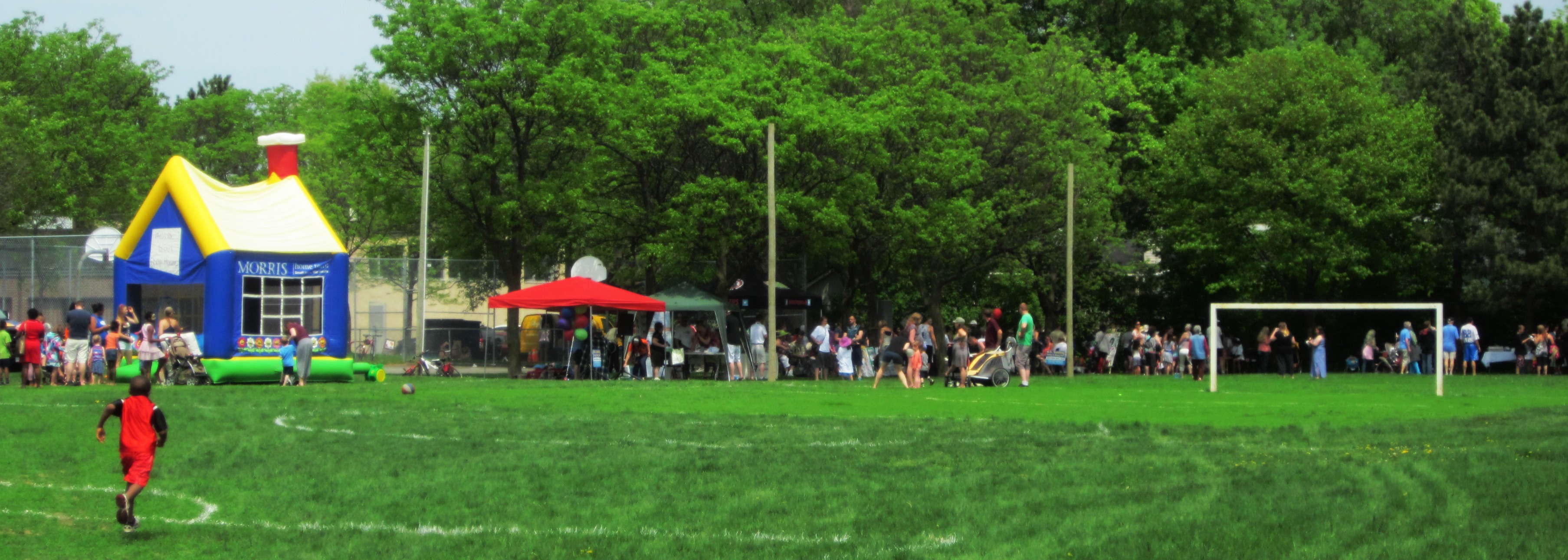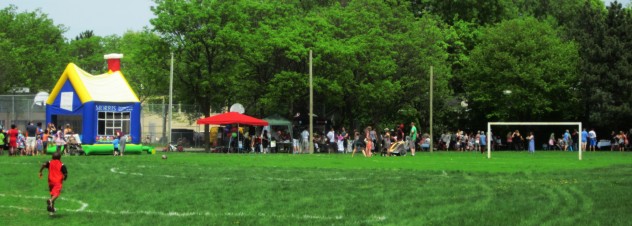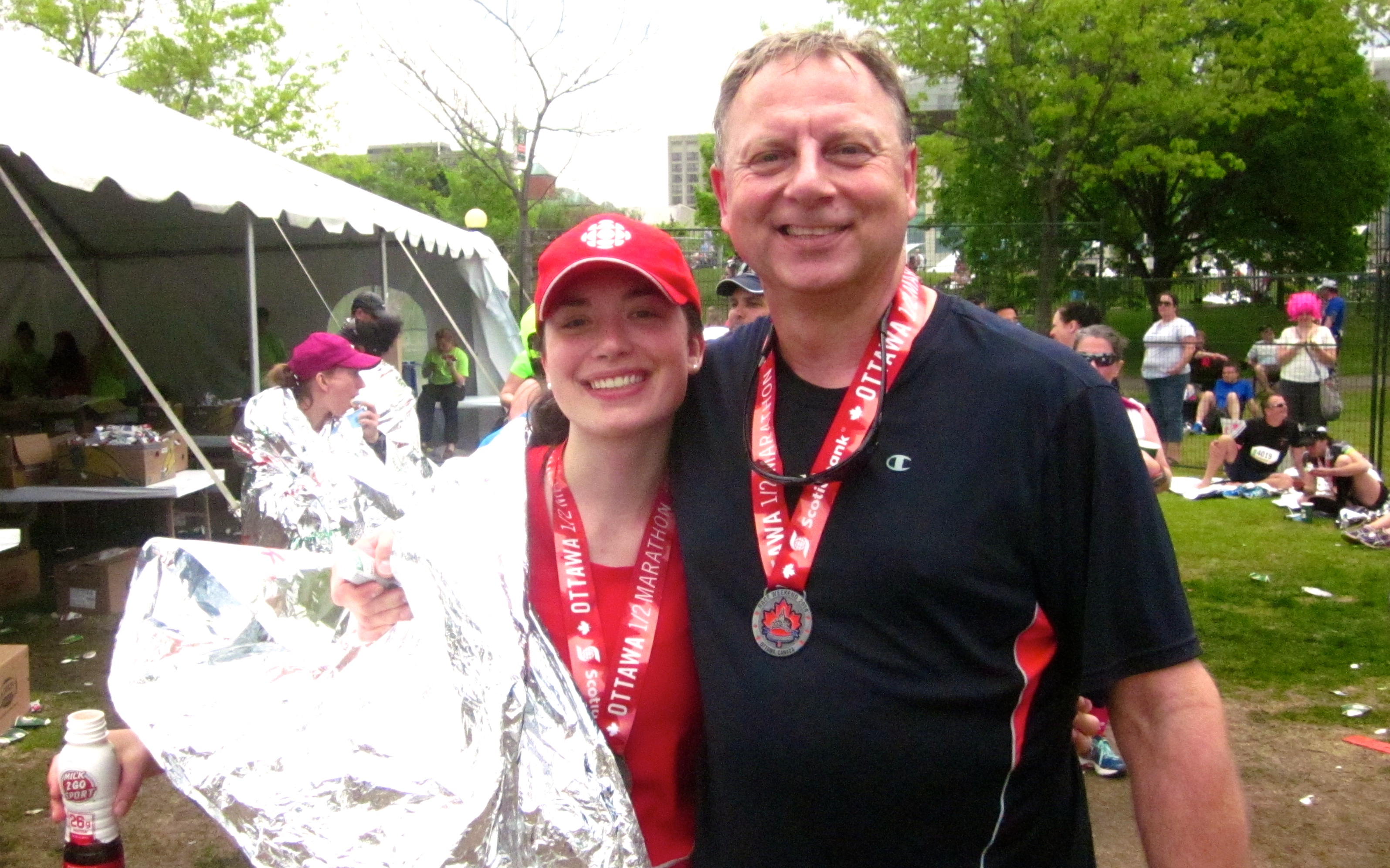Together my husband and I have created a podplay called Mall Ratting, available through Ottawa (de)tours. (Side note: creating an audio play together about consumerism, local economy and young idealism gone wrong = true love).
Podplays are plays in podcast format that can be enjoyed simply as an audio play, or, more frequently, as an audio play that leads you through a specific physical experience or geographical area. Ours is the latter, leading participants through the Rideau Centre in downtown Ottawa.
What I love about our podplay is that is creates a dialogue with participants about the history of shopping centres, our personal experiences with malls, and the question of malls in our contemporary society. And it does it in a way that is way more interesting than that last sentence. For both tourists and locals it offers an experience unlike anything else in Ottawa, and encourages critical thinking and discussion. This is important as the phenomenon of the shopping centre in Canada is poorly documented and rarely discussed, despite the fact that it has a huge impact on our local economy and all of us have been in a mall at least once.
Podplays offer a personal experience and a chance to see the world with new eyes. As a podplay newbie I am really curious about the possibilities of this form and I have a lot of questions that remain about what exactly a podplay is and how important narrative is within it. Thoughts for another day. In the meantime, check out our play! We would love to share it with you. Description below, and tickets available here.
Mall Ratting: A Podplay
Concept and editing by Dan Monafu
Written and narrated by Megan Piercey Monafu
Ladies and gentlemen, welcome to the Rideau Centre, Ottawa’s largest and most famous downtown mall! Let us equip you with headphones, a podplayer, and a story, so that you can experience shopping like never before. Part local history, part history of our globalizing world, part behavioural psychology, part experiment, and part tragicomedy, our theatrical podcast-play-tour will allow you to observe your fellow humans as an outsider, and be audio-guided through one of the most popular and least documented phenomena of the 20th century: the indoor, climate-controlled, super-shiny shopping mall.
Following your podplay, we welcome you into Rideau Centre’s redesigned food court, the “Dining Hall”, for a lively group discussion with your (de)tours facilitator.





